Hoya Rosita – Tropical Wax Plant
$22.99 Original price was: $22.99.$16.09Current price is: $16.09.
- Shop with ease, buy with confidence.
- Free Shipping, Quality Goods
- High quality products, low prices.
- Quality You Can Count On

Discover the captivating allure of Hoya rosita, an exquisite and uncommon species cherished for its elongated, pointed leaves adorned with a sophisticated interplay of dark green and maroon hues.
This botanical gem is the result of a harmonious union between the hoya wayetii and hoya tsangii, creating a unique and appealing hybrid. Embrace the rarity and beauty of this distinguished plant as it graces your space with its distinctive rosy charm.
Hoya rosita – Tropical Wax Plant Care & Info Guide
Horty Hints
Growing, Growing, Gone! These fast-growing vines can get up to 10m high in the right environment. Give your plant plenty to climb up, or alternatively, grow it back down the way.
Hoya flowers may produce drops of sticky nectar, this is completely normal but remember to protect your furniture.
Feeling the Burn! While this plant needs some sun in order to bloom, it’s important not to overdo it. Bleached or browning leaves might suggest a change of location.

Light
Needs bright, indirect light but will benefit from some early morning or late afternoon sun. Avoid harsh midday sun. Can cope in light shade but is unlikely to bloom. Likes artificial lights so is ideal for office environments.

Watering
Hoya are succulents and store water. Allow the top half of the soil to dry out between watering, then water deeply and allow to drain thoroughly. Do not overwater. Water sparingly in winter and more liberally in the summer.

Temperature
Hoya rosita is happy in room temperatures from 18-24°C. Avoid draughts and extreme temperatures as these can harm the plant. Prefers to be kept warm, i.e above 16°C.

Humidity
This Wax Plant prefers higher levels of humidity. Mist regularly for best results or relocate to a steamier room such as the bathroom or kitchen.

Feed
Apply a weak general-purpose fertiliser during the summer months.

Height & Growth Rate
The Tropical Wax Plant is a fast-growing climber which often trails for up to 3 metres. Prune trails in spring to maintain the desired length.

Toxicity
Its sap contains latex which is a skin irritant and is considered toxic, therefore keep away from children and animals.

Origin
Hoyas are indigenous to the lush landscapes of Southeast Asia and Australia.
| SIZE: Pot Diameter x Total Height | 14 x 20cm |
|---|
Be the first to review “Hoya Rosita – Tropical Wax Plant” Cancel reply
Related products
HOUSEPLANT STYLES
HOUSEPLANT STYLES
HOUSEPLANT STYLES
HOUSEPLANT STYLES
HOUSEPLANTS
HOUSEPLANTS
HOUSEPLANTS
HOUSEPLANTS

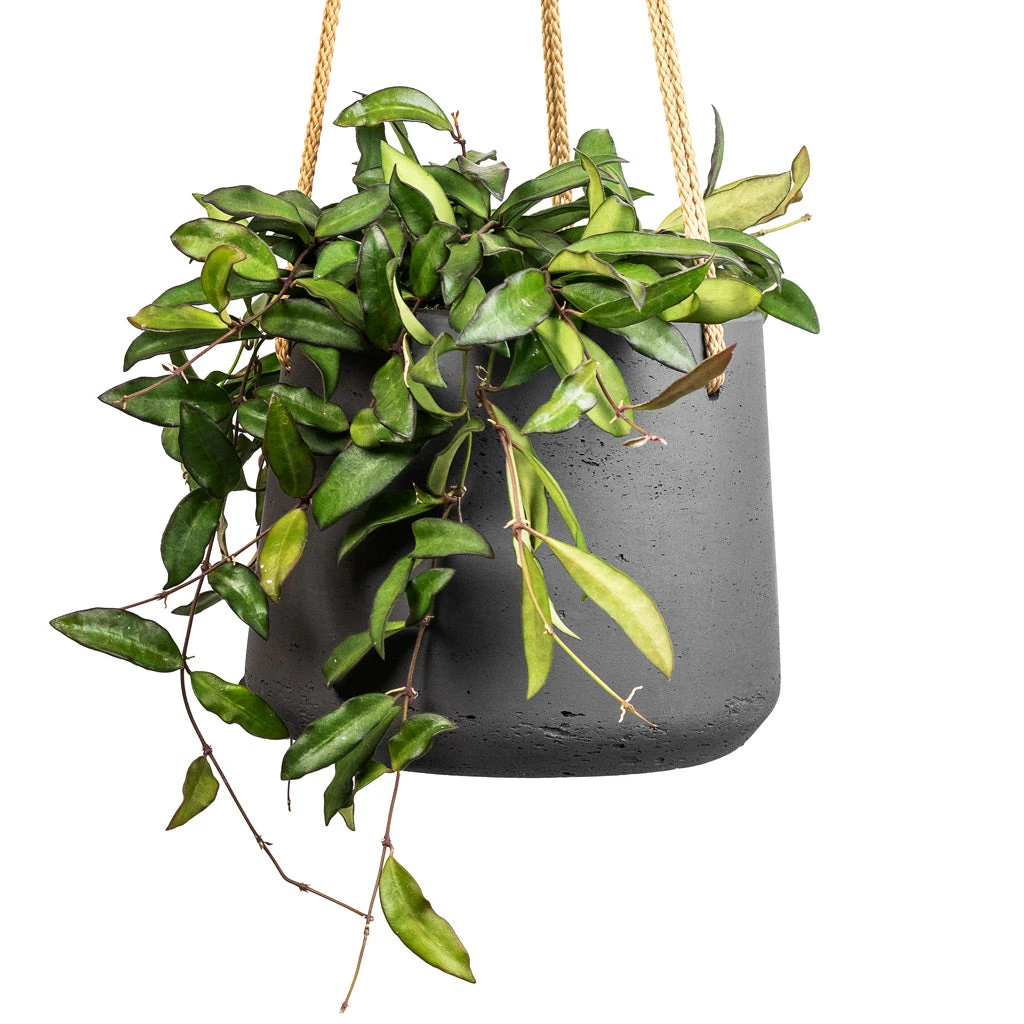

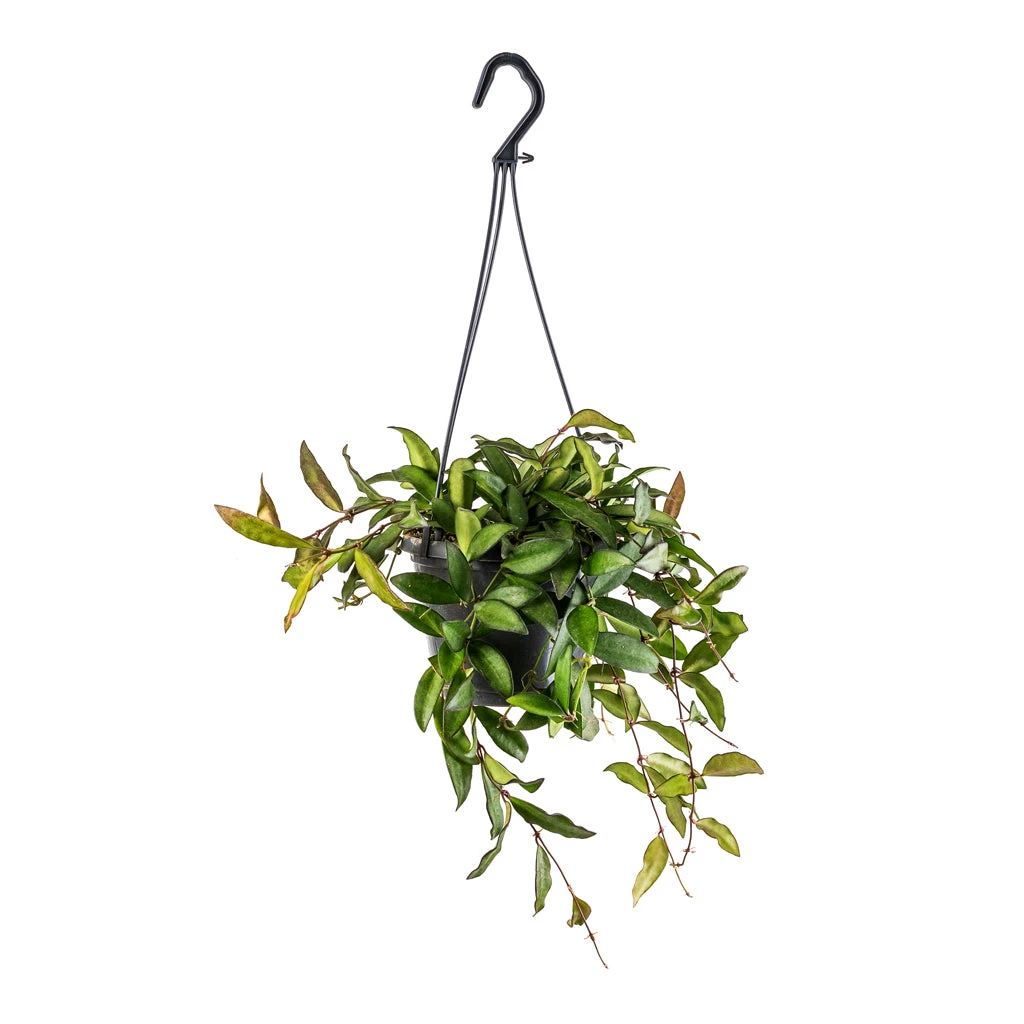








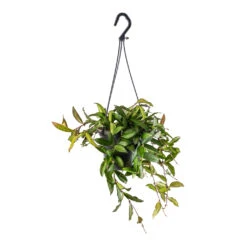
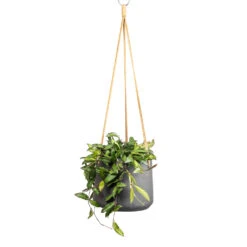
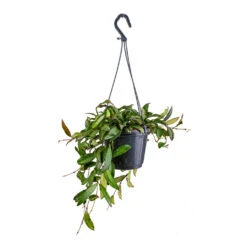

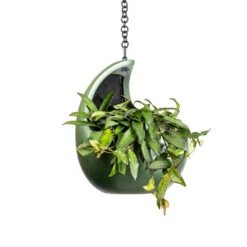
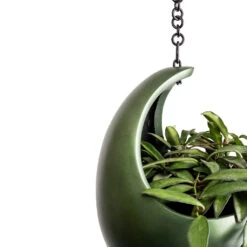

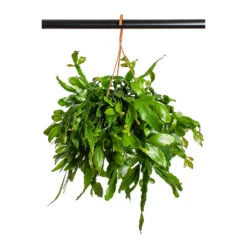


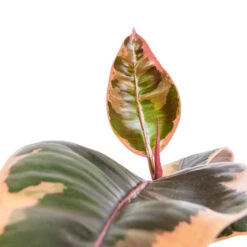

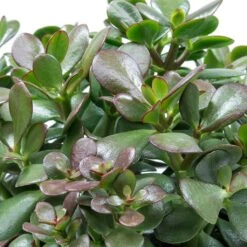
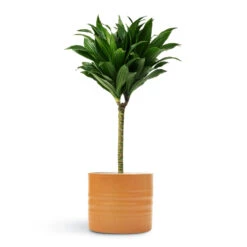
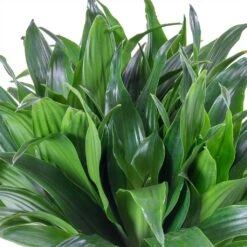


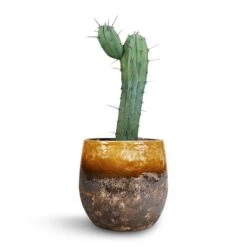
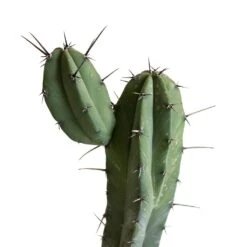
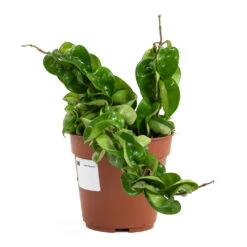


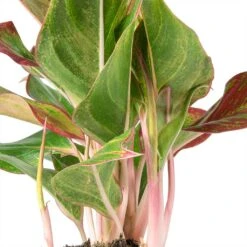
Reviews
There are no reviews yet.